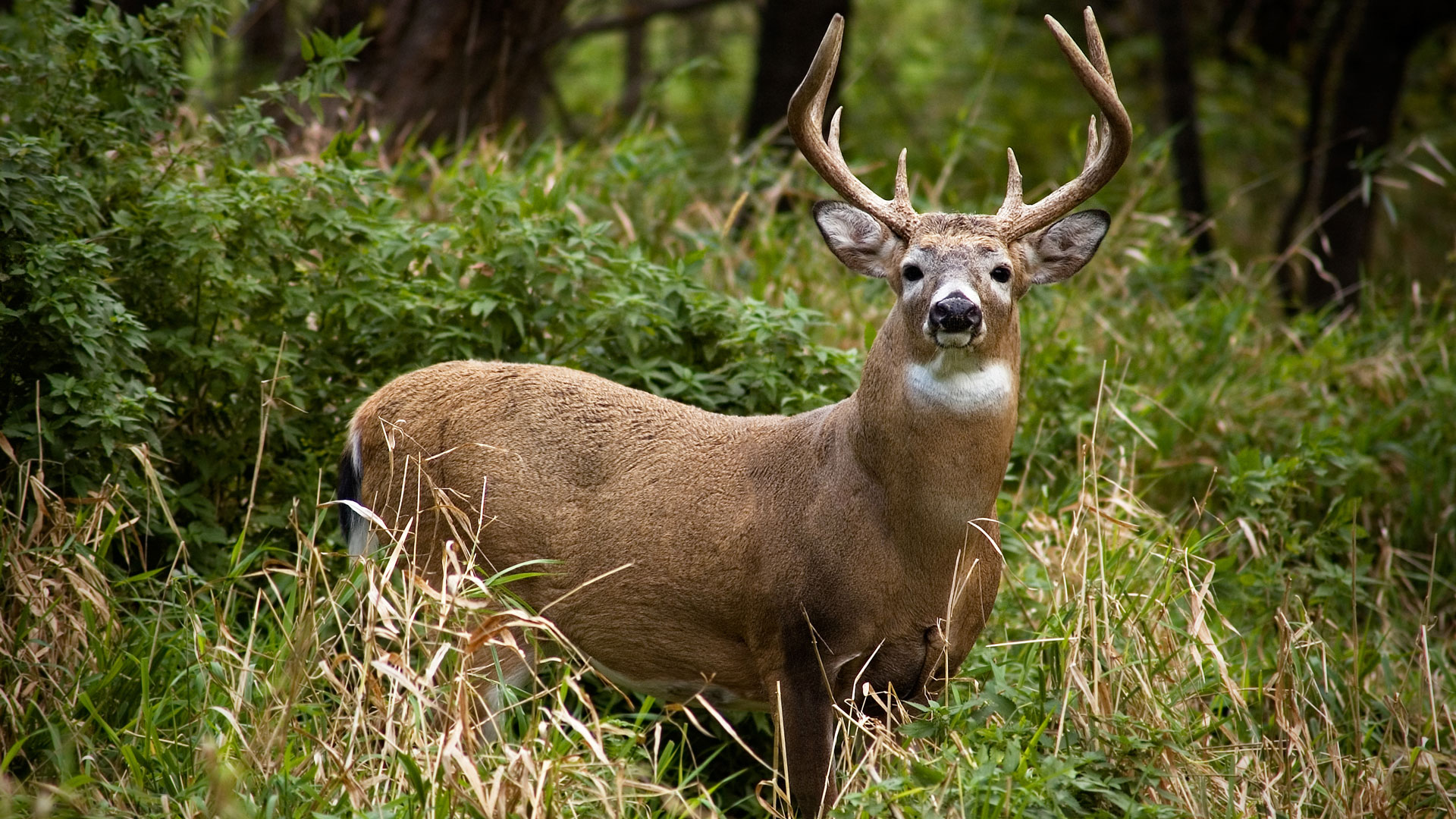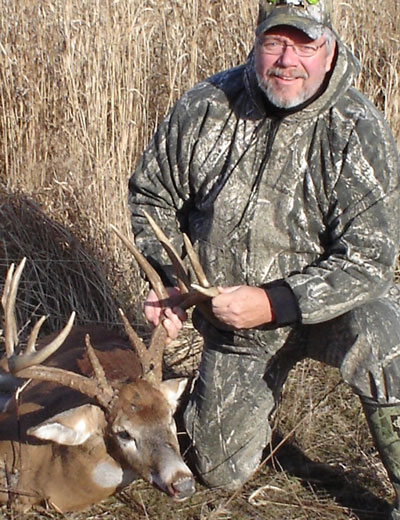
By the time Thanksgiving gets here, whitetail bucks in our region have been pressured beyond belief. Half of archery season has passed, and the first firearm season saw thousands of bullets flying through the air.
But even though deer have felt the pressure, there is still a large portion of deer season remaining, and hunters still want nice bucks. Given all this, how do we go about finding mature bucks that have been recently educated by hunting pressure?
Recognizing pressure is the first step. Anything that moves a buck off his daily pattern—be that moving, feeding or bedding—is considered pressure. Even though deer hunters apply most of that pressure, other normal human activities in the fall of the year also contribute to deer disturbance. Farmers going about harvest, wood cutters and upland-game hunters all force deer to change their routines.
Mature bucks will likely react to this pressure with one of three basic instinctive behaviors. The buck will either move to heavier cover, move to a different piece of property, or go strictly nocturnal. Regardless of which behavior the buck chooses to exhibit, his senses will be heightened to their most sensitive levels. This combination of events makes the buck very hard to find.

The best way to prevent pressure on a deer is to eliminate it. Reduce your non-hunting trips into his territory. When you do have to go there, make lots of noise and move slowly. This will give him time to sneak away, making him feel more in control and less pressured. If he is comfortable that he has outsmarted you, he will probably return to the area.
You should also consider the placement of your stands when hunting pressure-educated deer. Early in the season and during the rut, deer movement is very good; putting your stand in a spot to give you a good view of several acres is the best plan. But later on you should move into thicker cover, anticipating that the bucks will do the same.
A pressured buck will commonly do very little moving around during the day. Having your stand placed where cover gives the deer a sense of security may present you with shots you may not have had otherwise. Your stand may be in cover so thick that you can only shoot 10 to 15-yards, but if he is there, that is plenty.
Another thing to remember is to place your late-season stand so you can get into it without tipping him off. Avoid going right through bedding and feeding areas. Instead, skirt the perimeter and try to enter quietly. If you plan to hunt the same stand several days in a row, figure out different routes to and from the stand. Do not let the buck pattern you.
Rejoin us here next week as we conclude our lesson on finding educated bucks.




































